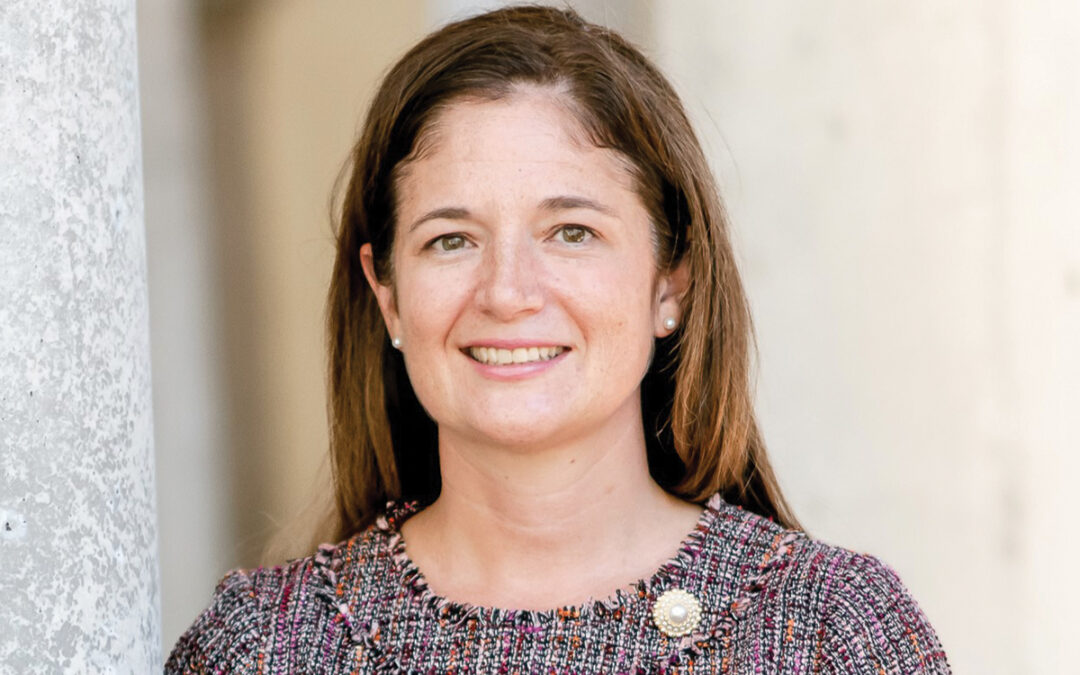Ask just about any woman if she’s happy with her weight, and the resounding answer is likely to be NO. Though many of us want to shed some weight, tone our physiques or fit into a smaller size, those desires often aren’t enough motivation to put us on the path to physical fitness.
But exercise can give you more than just a better body. It can give you a better — and possibly longer — life.
Reduced stress, emotional well-being and more energy are just a few of the psychological benefits. Fighting off ailments like heart disease, stroke and high blood pressure are some of the medical benefits. Research studies and clinical evidence even suggest that maintaining a healthy weight and exercising regularly may play a role in preventing cancer.
Exercise is good for your heart, lungs and your mind, says Phyllis Patterson, an aerobics instructor at the Jewish Community Center. “Your whole outlook on life is more positive. And daily tasks become easier to do,” she explains.
With so many benefits, why aren’t more women exercising? Why is it that some 70 percent do not work out regularly? A 2002 study conducted by the Centers for Disease Control found that women of all ages were less likely than men to report engaging in regular physical activity. Only 32 percent of women reported that they take part in regular physical activity.
Find the time
Finding the time is often the biggest hurdle many women face.
“You have to make time to take care of yourself. Make some time in your schedule,” says Frank Baxter, member services manager and certified group fitness instructor at Concord Athletic Club. “It’s better to have a specific time — it makes it easier. If you make exercise part of your schedule, you’re more likely to stick to it. The same way you have lunch is the same way you should schedule your workout.”
He recommends an hour a day, or at least 30 minutes, but anything is better than nothing. “You don’t have to necessarily go to a gym. You can fit exercise into your life as opposed to adding it on,” he says. For instance, if you take your children to practice sports, instead of standing on the sidelines, take a quick walk. Or if you take your children to the park, run around with them instead of sitting on a bench.
Patricia Wong, a registered nurse and master of fitness specialty, recommends setting realistic goals and taking a healthy lifestyle approach. She believes you can improve your health by improving your physical activity: take the stairs, park farther from your destination or wash your car. Even 10 minutes in the morning, 10 minutes at noon and 10 minutes in the evening can make a big difference, because it all adds up.
“Find ways to be active everyday. Find something you enjoy. It’s a lifetime thing,” Wong advises. Patterson agrees. “It’s easier if you can get into a routine,” she says. “And consistency is the key. Once exercise becomes a habit, it’s easier to keep it going. It’s for the rest of your life — not just this month.”
Plastered across one of her T-shirts are the words: “If mama ain’t happy, ain’t nobody happy.” We have to take care of ourselves before we can take care of others. She believes our families pay attention to what we do, and our healthy habits can also influence their lives.
I’ve heard my own five-year-old say, “I need to ride my bike so I can get some exercise.” Though she understands why we need exercise, she’s also come to realize that after years of sitting in a baby-jogger, it’s time for a little freedom — time to do her own thing.
Start by setting realistic goals that allow you to do something, recommends Aida Zorrilla, owner and director of Studio A. “If you can do 10 minutes of breathing and exercise, that will turn into 20 minutes, then 30 minutes,” she says. “Or do one hour a day for three days instead of aiming for seven days a week.”
Zorrilla, who teaches Pilates and Fletcher Work (a blend of modern dance and Pilates), abides by a quote from Joseph Pilates, who developed the Pilates Method: Physical fitness is the prerequisite for happiness. In the last several years, her classes have increased, as more women (and men) want to reshape body parts and simply feel better. “We have those who initially come for aesthetic reasons, but they eventually realize it’s more about how you feel,” Zorrilla says. Once you find the time, make the most of it.
Find something you love
Though “addiction” and “positive” are rarely used in the same sentence, when it comes to exercise, the two should go hand in hand. You have a better chance of sticking with it and getting hooked if you actually enjoy what you’re doing. The choices abound: running, walking, swimming, biking, hiking or taking classes such as aerobics, yoga, kickboxing or Pilates.
Don’t worry if you’re drawn to several activities — the good news is you’re not confined to just one. It’s good to mix things up a bit. Baxter recommends alternating your regimen so you don’t get bored and so your body and brain don’t get used to it as well. He’s finding that more women want to get educated on going into the weight room. In the past, many women thought they would get bigger and bulk up if they lifted weights. But that’s not the case.
“We try to educate and help them understand what will work best for them — which machines, how much weight and what type of workout,” Baxter says. “You have to become knowledgeable. Ask questions. Make that commitment to yourself. Your health is invaluable. You don’t realize it until it’s gone. Besides looking good, feeling good is the best revenge against age.”
One of the advantages of having a personal trainer is learning how to optimize your workout. “You could spend an hour in the gym, but you may not be using that time effectively. (With a personal trainer) you could get the same benefit in 30 minutes,” Baxter says.
Personal trainers can also help keep you motivated, measure your progress (literally) and keep you accountable. But if money is an issue, the financial cost could be a disadvantage. Expect to pay $40 to $60 per hour, perhaps more.
Wong makes recommendations depending on her clients’ health problems. An initial assessment helps her customize a total fitness package that could include weight training or building endurance. For instance, for clients with multiple sclerosis, she develops a program that helps them increase coordination and balance. Clients with diabetes learn how to manage blood sugar through exercise. And those with high blood pressure work toward preventing hypertension. “It’s amazing how quickly they improve,” Wong says. “And they don’t have to take medicine.”
Find a new you
Fast forward 20 years and think about the physical condition you want to be in. A great benefit of exercise is a longer life expectancy. Wong gives clients the following advice: Look around you — at the people you love and care about. If you don’t take care of yourself now, you could pay for it later.
You’ll find that daily tasks, such as grocery shopping or cleaning house, feel easier on your body. You’ll also sleep better. Looking and feeling better about yourself is also a big plus. You can lift your spirits, elevate your mood and fight depression.
“We’re not educated about how to take care of ourselves,” Wong says. As an RN, she’s seen both sides. “It’s sad to see people suffer because they haven’t taken care of themselves.”
So take the steps now to feel better, lose weight, prevent specific diseases or manage health conditions. It’ll pay off in the end.
Author: Dione Martin
Photographer: Jeffrey Truit









0 Comments